Through a partnership with USAID, Peace Corps Volunteers have been working with the U.S. Government’s Feed the Future initiative to support its goals to reduce hunger, poverty and undernutrition around the world.
To date, more than 1,200 volunteers have served or are serving as Feed the Future Peace Corps Volunteers, improving global food security at the grassroots level.
Here are five specific ways volunteers are helping feed the future. Click each of the pictures below to learn more about it.
1. Training their communities in nutrition, like showing local mothers how to prepare nutritious foods for their children using locally-grown ingredients.

2. Sharing agricultural practices and techniques with communities that help farmers preserve the environment, grow more nutritious foods, earn more income, and increase productivity and crop yields.
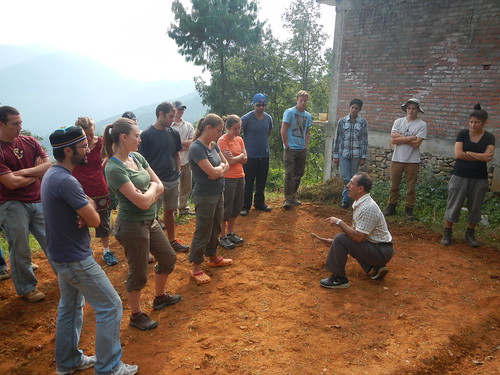
3. Training entrepreneurs (including farmers!) to help them better run their enterprises. These trainings help empower women leaders too by teaching them math, business and literacy skills.
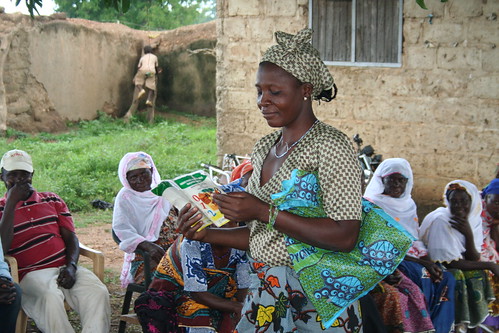
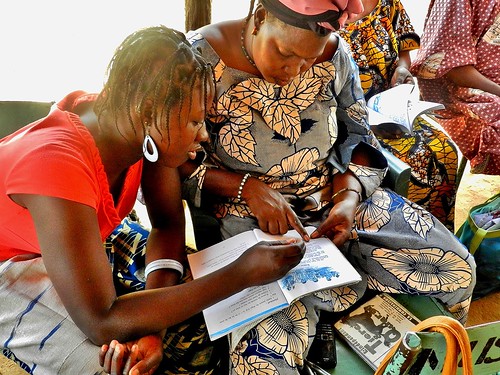
4. Teaching communities about the benefits of agroforestry and nutritious plants like the moringa oleifera tree.
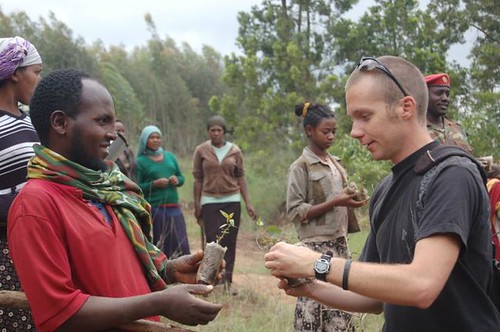
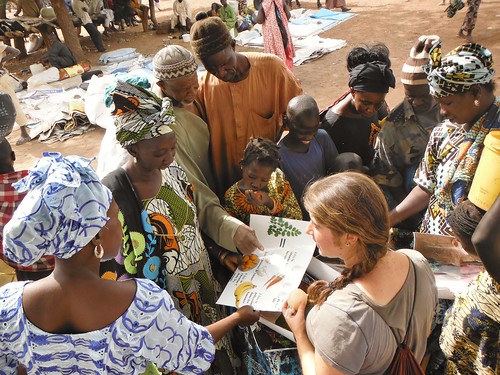
5. Bringing farmers together to learn new skills so they can venture into new areas of farming and diversify both their livelihoods and diets.
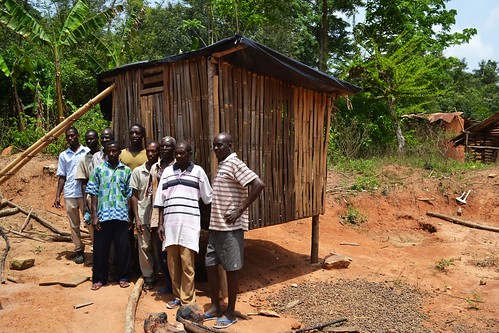
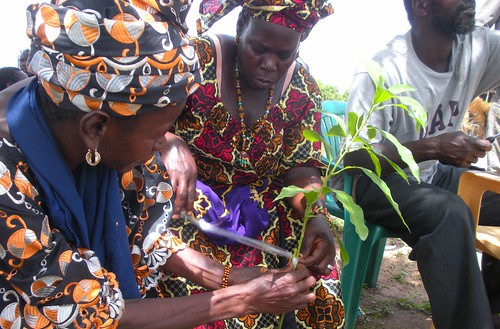
Peace Corps Volunteers are uniquely positioned to work at the community level on improving food security. Indeed, volunteers based in communities affected by food insecurity are confronted with the issue every day.
They respond with a multi-faceted approach, tailored to community needs, that addresses key areas like household food production and improved nutrition. Volunteers also employ activities and practices that address climate variability and improve families’ ability to access food through local markets and elsewhere.
Have you served? How did your work contribute to global food security? What do you wish others knew about your service? This week is the week to share! Use the hashtag #PCWeek2014 on social media to join the conversation.
And if you have photos of Feed the Future activities you supported, consider submitting them to the Feed the Future photo contest.
Interested in getting involved? Check out the Peace Corps website for more information on becoming a volunteer.










